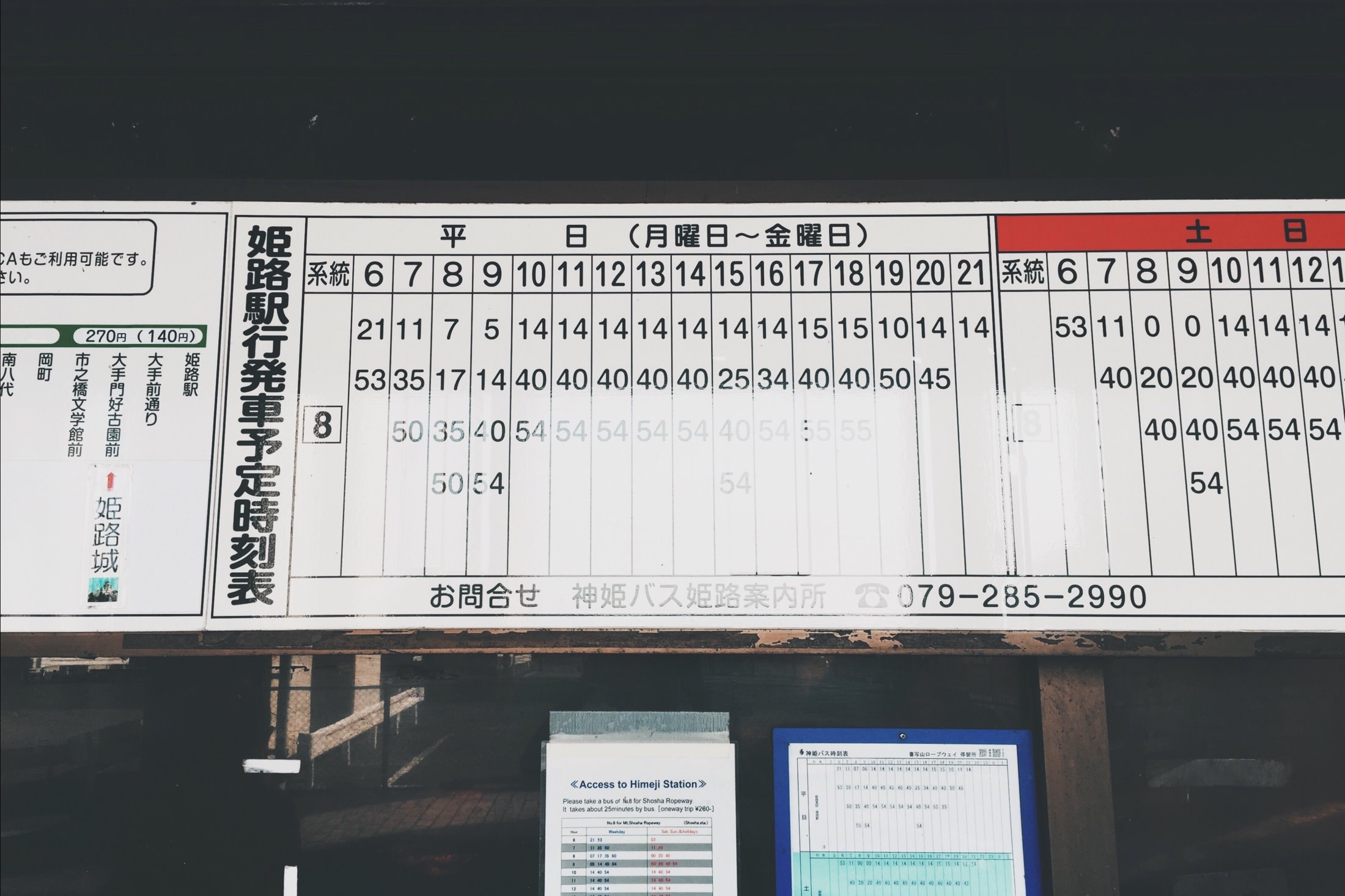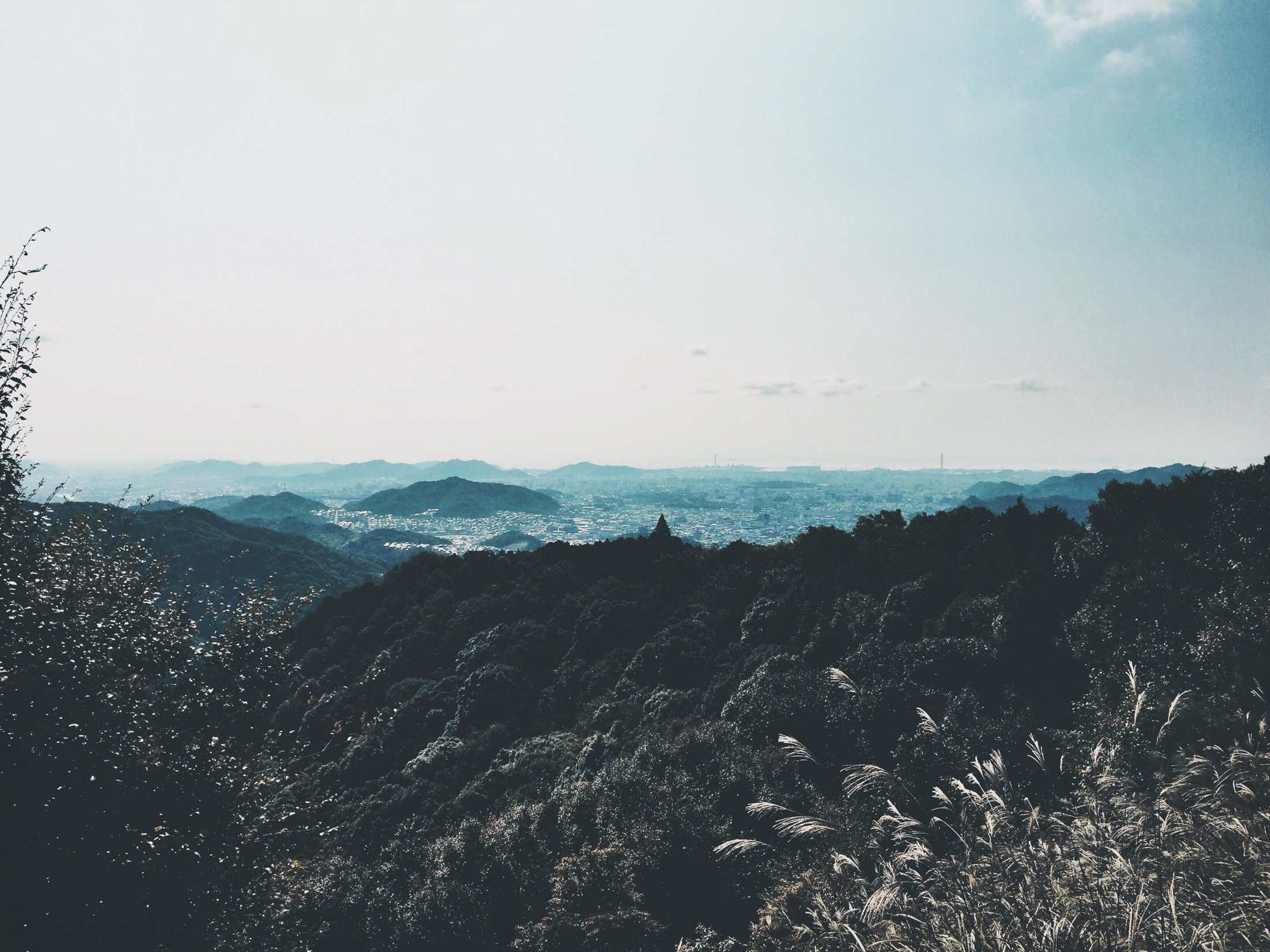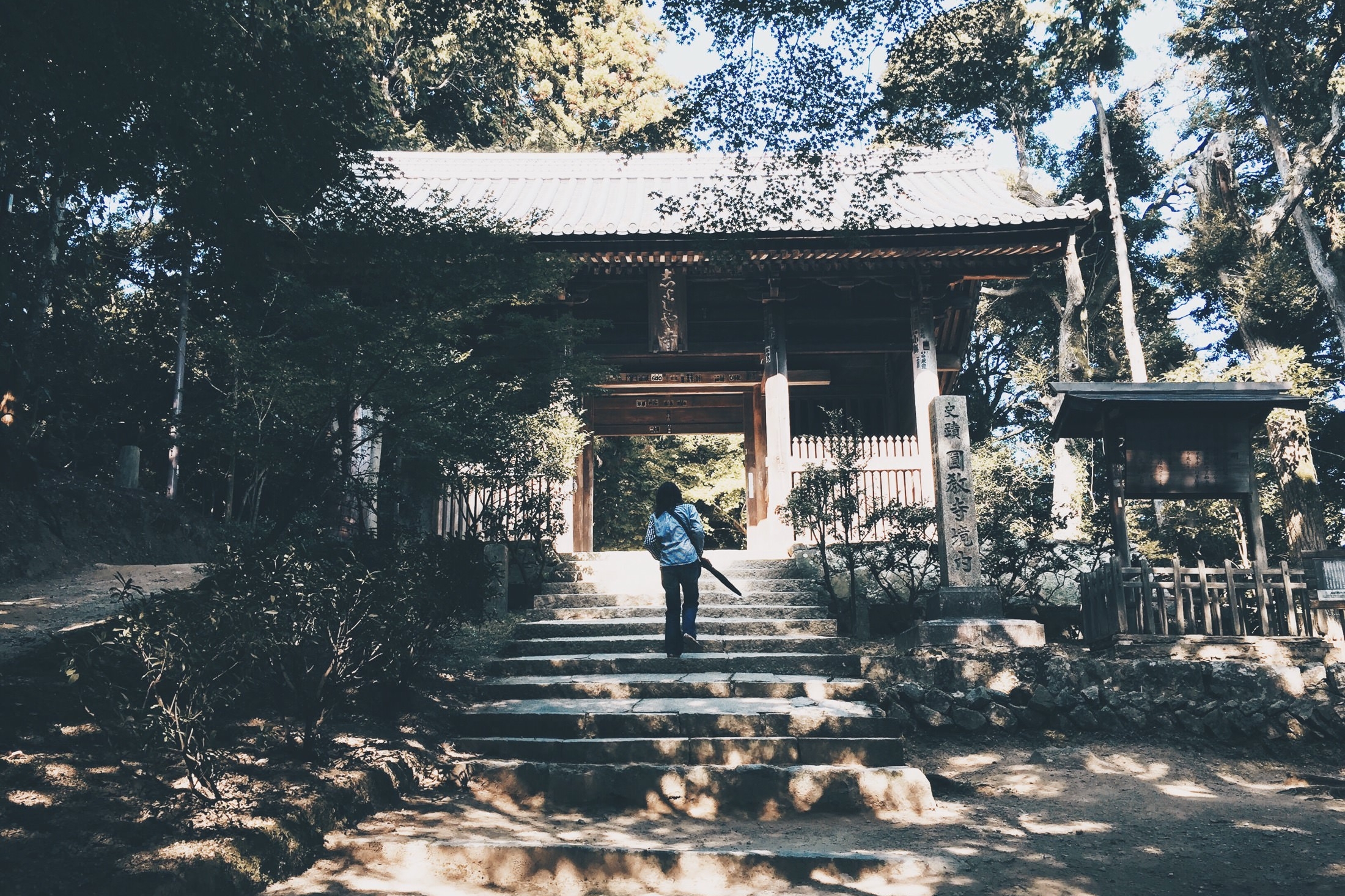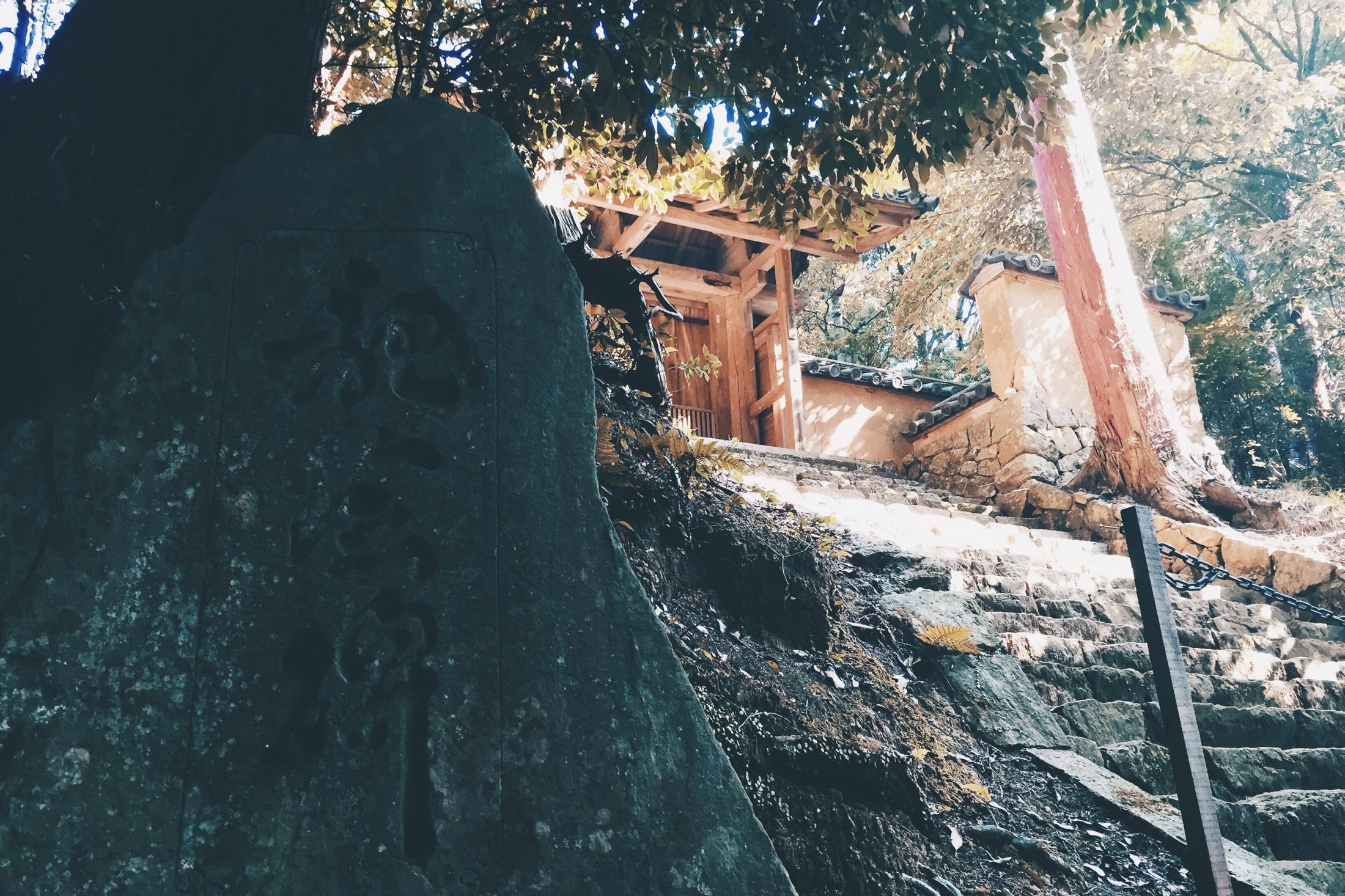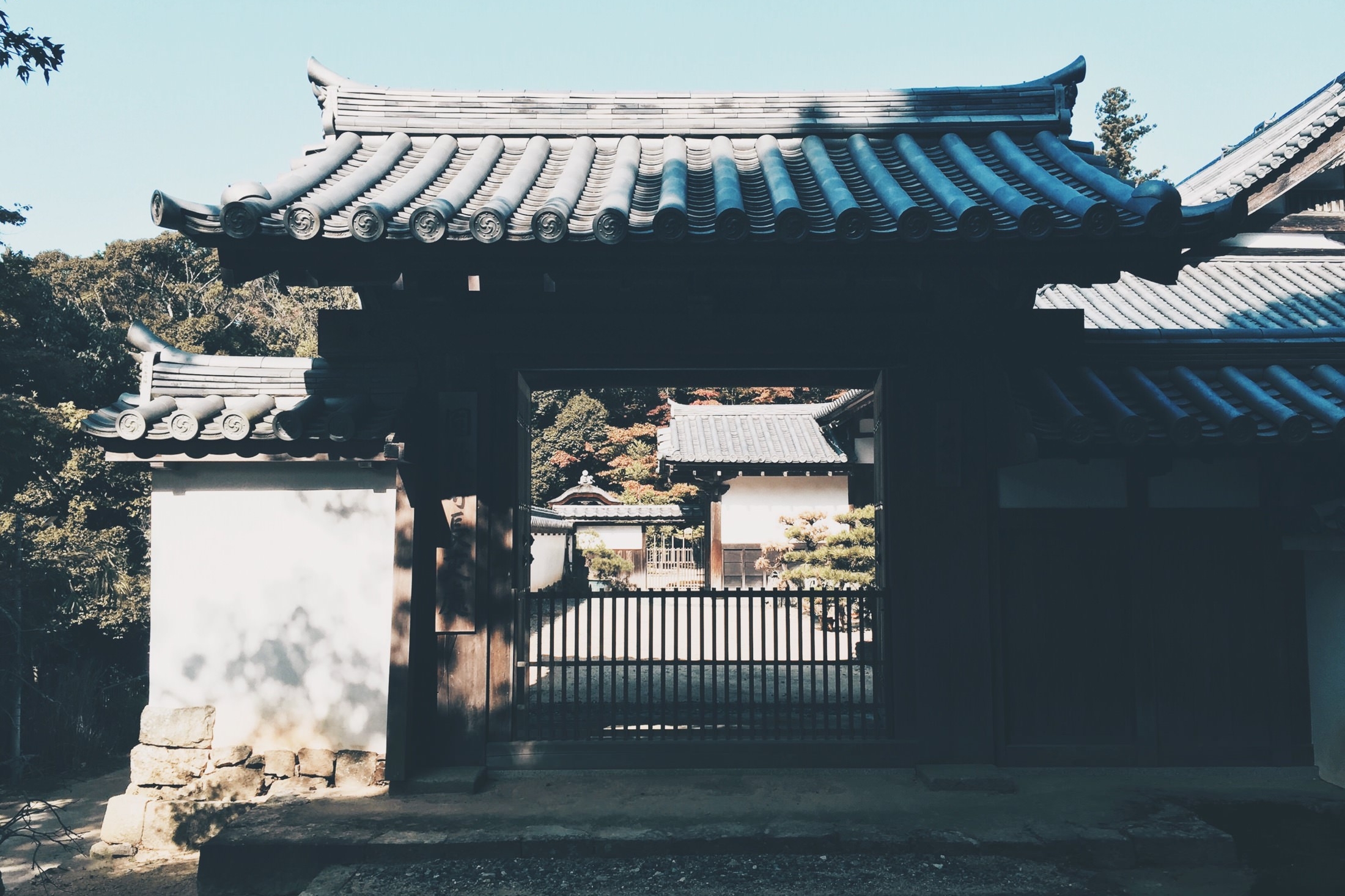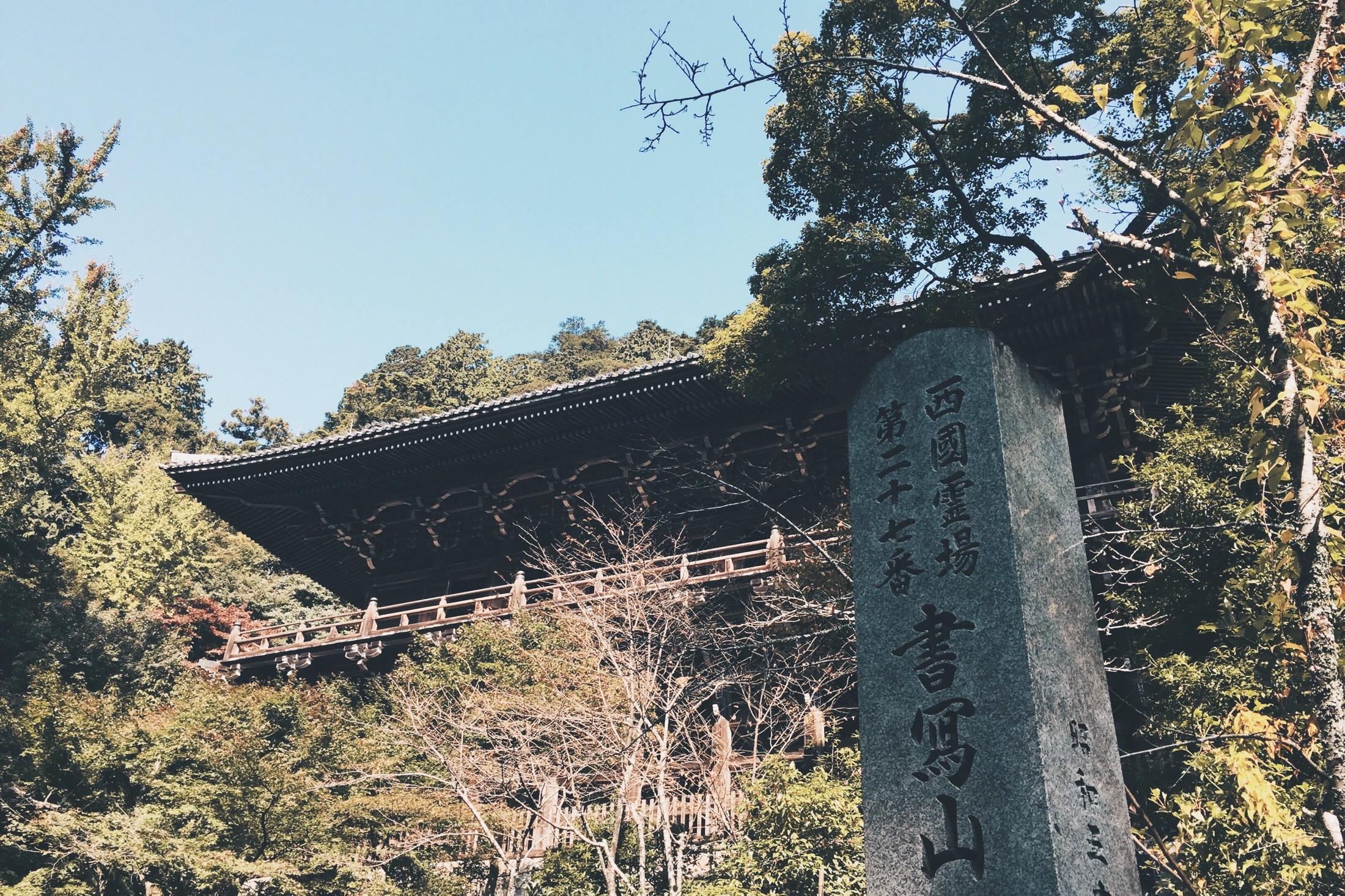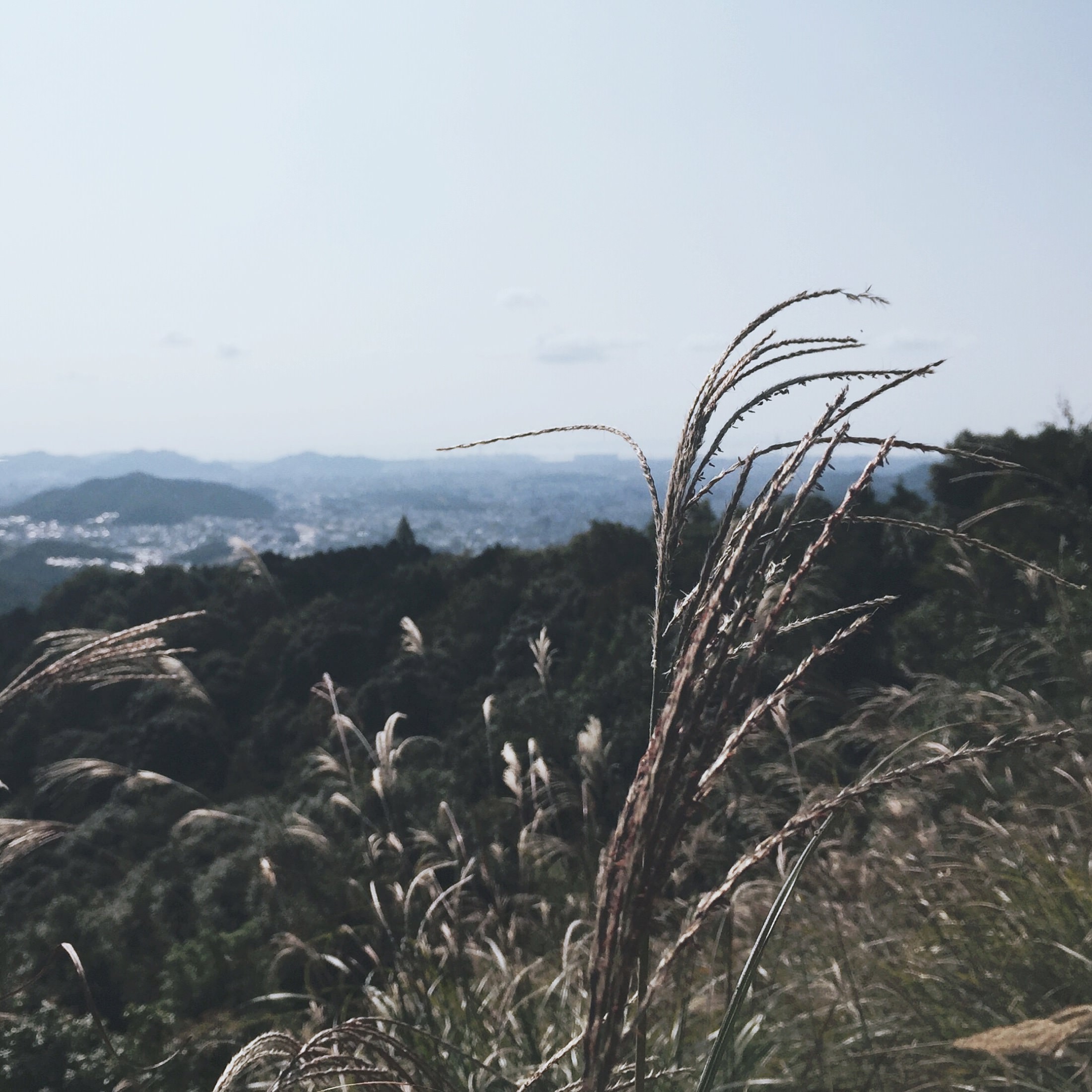Mount Shosha
1199-2 Shosha, Himeji-shi, Hyōgo-ken 671-2201, Japan
+81 79-266-2006
http://www.mt-shosha.info/
Our first bus ride in Japan was interesting as it felt more like a local bus than a bus that is dedicated for tourists. We passed by Himeji Castle (which was already flooded with tourists early in the morning) and the residential estates of Himeji to get to the outskirts of Himeji. After a 20 minutes ride on the bus, we arrived at the foot of Mount Shosha. We took note of the bus departure schedule and explored a little before heading for the ropeway station.
The ropeway ride is covered by the same tickets that we bought at Himeji Station. While it is a short ride up towards the top station, it was a breathtaking one.
The Engyoji Temple Complex is situated at the top of Mount Shosha. A donation of ¥500 per visitor is payable at the entrance of the complex. While one can also top up an additional ¥500 for a shuttle service that runs from the entrance to the Main Temple building of Maniden, we took a short trek up instead.
This place is not considered a tourist hotspot and is a stark contrast to the temples of Kyoto which were flooded with human traffic. We were pretty much the only tourist as the rest of the people here were patrons of the temple. Statues of Kannon lined up along the trekking route and worshippers stopped by some of them to pray and clean them before moving off.
We walked past several temple buildings before reaching the Main Temple Hall, Maniden.
The main hall is a massive wooden temple that is built on the side of the mountain itself. Supported by wooden pillars, one would actually have to climb up a series of stairs before getting to the Main Hall.
At the back of the Maniden Temple, there is a trail that leads up to another shrine. We decided to walk up, hoping that the trail will bring us to a vantage point that overlooked the entire area. To our disappointment, there wasn’t much of a view as the foliage was very thick and the climb was quite exhaustive as well. Not a recommended trail unless you want to be let down.
Coming out of the trail, we made our way to the Mitsunodo Complex. The massive complex comprises of three huge buildings, namely Daikodo (the main hall), Jikido (lodging and dining hall, now exhibiting temple treasures) and Jogyodo (gymnasium). Scenes from “The Last Samurai” were filmed here.
I stood in the centre of the courtyard as I wondered in amazement on the amount of work and effort that went into building the temple complex. Devoid of modern day building equipment and the location of being on top of a mountain certainly made the construction of the temple a huge challenge.
While the entire temple is still pretty much untainted by modern day amenities and the effects of tourism, there were signs that the management was trying make a mark in the tourism industry. For example, an improvement of facilities such as public wifi-access. The temple may be a little out of the way, but if you are looking for an authentic experience, I would strongly recommend visiting this place before it gets overrun by noisy tour groups.
Japan 2015



